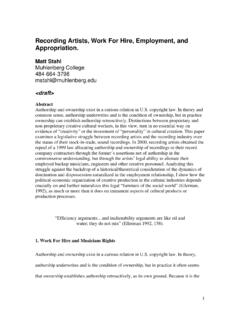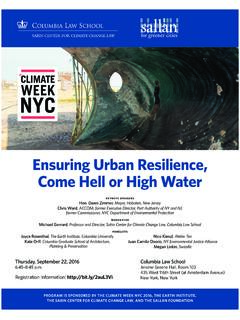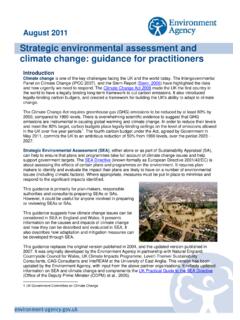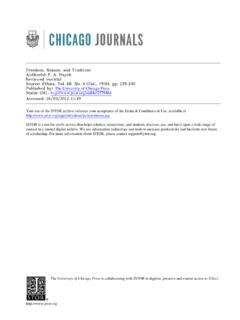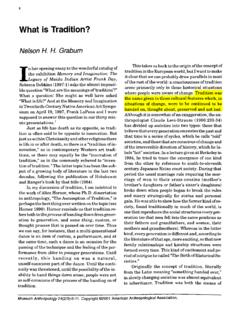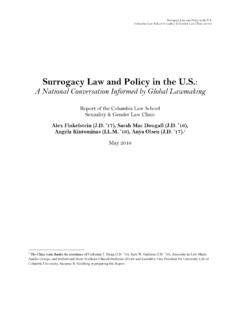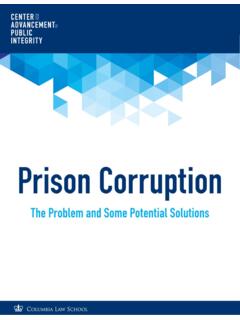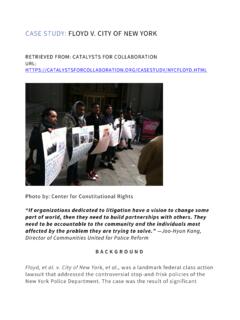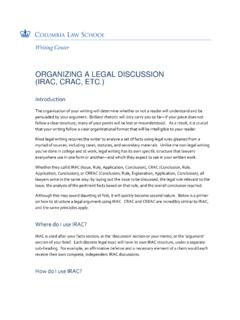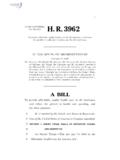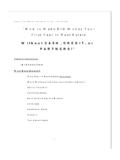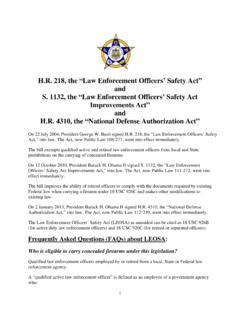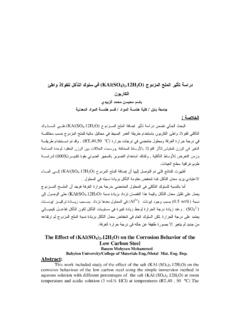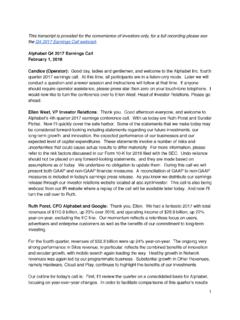Transcription of U.N. S A H R H - Columbia Law School
1 JULY 2015 ENGAGING SPECIAL PROCEDURES TO ADVANCE HUMAN RIGHTS AT HOME: A GUIDE FOR ADVOCATES THE Columbia LAW School HUMAN RIGHTS INSTITUTE The Human Rights Institute sits at the heart of human rights teaching, practice, and scholarship at Columbia Law School . Founded in 1998 by the late Professor Louis Henkin, the Institute draws on the Law School s deep human rights tradition to support and influence human rights practice in the United States and throughout the world. The Institute focuses its work in three main substantive areas: Counterterrorism, Armed Conflict and Human Rights; Human Rights in the United States; and Human Rights in the Global Economy.
2 We have developed distinct approaches to our work, building bridges between scholarship and activism, developing capacity within the legal community, engaging governments, and modeling new strategies for progress. ACKNOWLEDGEMENTS This report was researched and drafted by Sara Kayyali, Nawal Maalouf, Paula Mendez, and Ami Shah, students in the Columbia Law School Human Rights Clinic during the 2013-2014 academic year. Risa Kaufman, executive director of the Columbia Law School Human Rights Institute and acting co-director of the Human Rights Clinic during the 2013-2014 academic year, supervised the research and drafting of the report and edited its contents.
3 Columbia Law School student Shan Khan conducted interviews and contributed research and drafting. Greta Moseson, program manager for Columbia Law School s Human Rights Institute, oversaw the report s design and production. We are grateful to the human rights advocates, former and current special procedures, and former and current government officials for sharing their experiences and insights, which form the basis of this report. See Annex 3, List of Individuals Interviewed. We express particular appreciation to the following individuals who provided additional support for and feedback on the project: Jamil Dakwar, Director of the ACLU s Human Rights Program; Olivier De Schutter, former Special Rapporteur on the Right to Food; Ariel Dulitzky, Member of the Working Group on Enforced and Involuntary Disappearances and the Director of the Human Rights Clinic at the University of Texas at Austin Law School ; Gerard Horton, Lawyer and Co-Founder of Military Court Watch.
4 Deena Hurwitz, Director of the International Human Rights Clinic and Human Rights Program at University of Virginia School of Law; Sarah Knuckey, Director of the Columbia Law School Human Rights Clinic and Faculty Co-Director of Columbia Law School s Human Rights Institute; Ted Piccone, Senior Fellow with the Project on International Order and Strategy and Latin America Initiative in the Foreign Policy Program at the Brookings Institute; Bruce Porter, Director of the Social Rights Advocacy Center (Canada); and Eric Tars, Human Rights & Children's Rights Program Director at the National Law Center on Homelessness and Poverty.
5 TABLE OF CONTENTS Introduction .. 1 Methodology .. 2 A Primer on the Special Procedures .. 3 A Brief History of the Special Procedures .. 3 Creation and Appointment of a Mandate .. 4 Functions of the Special Procedures .. 4 Communications .. 5 Country Visits .. 5 Reports .. 5 Case Study: Detroit Water Shut-Off .. 7 Part I: Factors for Advocates to Consider Prior to Engaging with the Special Procedures .. 8 Advantages of Engaging with Special Procedures .. 8 Gaining Visibility.
6 8 Influencing the Discourse .. 8 Strengthening International Legal Norms .. 9 Providing Legitimacy .. 9 Opening Channels of Communication with Government .. 10 Empowering Affected Communities .. 10 Building a Record .. 10 Providing an Entry Point for Addressing Issues in the International Arena .. 11 Limitations of the Special Procedures and Recommendations for Addressing Them .. 12 Lack of Resources .. 12 Lack of Enforcement Power .. 13 Understanding the Scope of the Mandate .. 13 Challenges of the Context.
7 14 Limited Knowledge and Awareness of Human Rights .. 14 Perceptions of Domestic Civil Society .. 14 Federalism and Geographic Concerns .. 15 Overall Advocacy Strategy .. 15 Case Study: Criminalization of Homelessness .. 17 Part II: Engagement with the Special Procedures .. 18 Cultivating a Relationship .. 18 Methods of Engagement .. 19 Formal Methods .. 20 Communications .. 20 Thematic Reports .. 25 Country Visits .. 27 Case Study: Visit by the Special Rapporteur on Adequate Housing.
8 32 Informal Methods .. 33 Academic Engagement .. 34 Informal Country Visits .. 34 Creation and Renewal of Mandates .. 35 Part III: Maximizing the Work of the Special Procedures .. 36 Engaging with the Government .. 36 Domestic Follow-up and Implementation .. 37 Domestic Litigation .. 37 Domestic Policy .. 38 Public Education .. 38 Monitoring Implementation .. 38 Case Study: The Right to Housing in Canada .. 39 Leveraging Special Procedures in International and Regional Mechanisms.
9 39 Case Study: Solitary Confinement .. 41 Conclusion .. 42 Annex 1: For Additional Reading .. 43 Annex 2: Sample Special Procedure s Questionnaire for Allegations of Rights Violations .. 45 Annex 3: List of Individuals Interviewed for this Report .. 48 Endnotes .. 50 Introduction 1 INTRODUCTION Social justice advocates in the United States are increasingly using the human rights mechanisms of the United Nations to advance their domestic advocacy on issues ranging from criminal justice to access to health care.
10 These mechanisms offer unique opportunities for advocates to mobilize grassroots communities, raise public awareness, exert international pressure, and engage with local, state, and national government officials around local human rights concerns. The special procedures are among the more versatile of the human rights mechanisms. The special procedures are independent human rights experts appointed by the Human Rights Council to monitor human rights around the world, report on violations, and recommend strategies for governments and other stakeholders to improve human rights conditions within countries.
